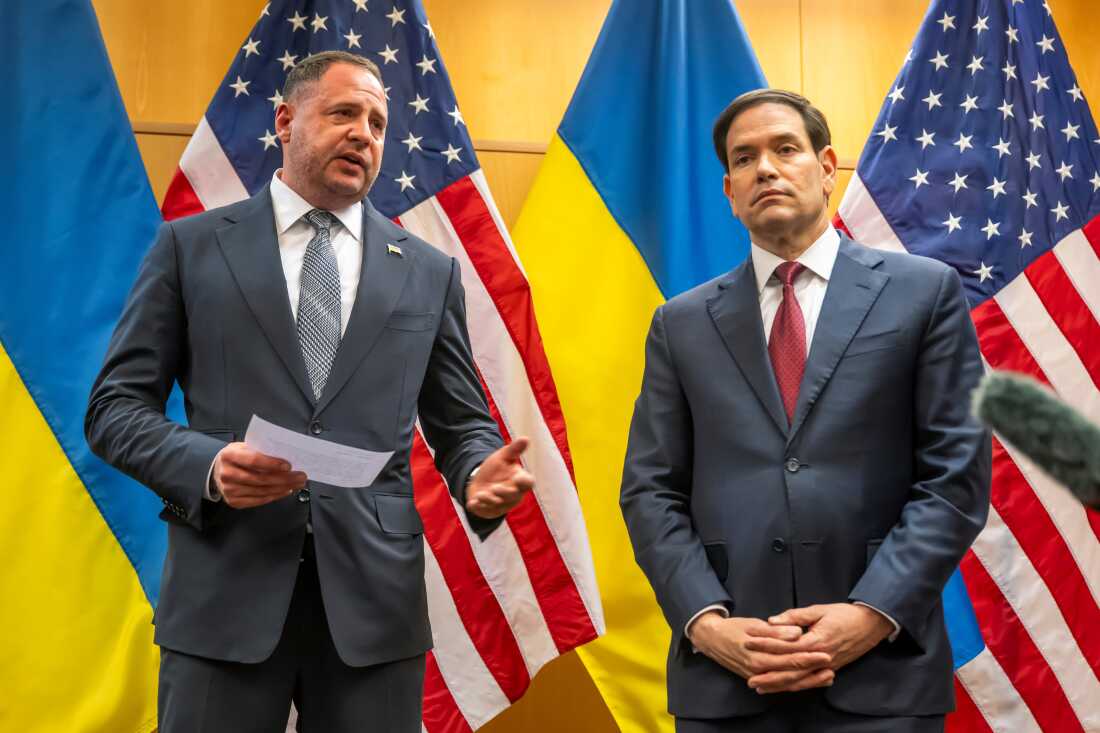From recapitalising rural banks to propping up the inventory market, Central Huijin, an arm of China’s sovereign wealth fund, has supported the nation’s monetary system since its launch 20 years in the past. However over the previous yr, the dimensions of its interventions has thrust it into the highlight.
Central Huijin’s holdings of change traded funds soared previous Rmb1tn ($140bn) in 2024, a seven-fold improve yr on yr, as the federal government ordered stimulus measures geared toward boosting the financial system.
Beijing has made clear its want to construct larger monetary establishments to assist its already state-dominated monetary sector navigate financial and market turmoil. Central Huijin, with each its direct shopping for and huge portfolio of companies, is a key element of this initiative.
Throughout the escalation of the commerce conflict with the US in April, Central Huijin brazenly pledged to help markets and, for the primary time, described itself in a press release as a member of the “national team” of distinguished state-backed traders within the nation’s markets.
“Central Huijin is obviously being asked to play a big role,” stated George Magnus, a analysis affiliate at Oxford college’s China Centre.
“It will be called upon more and more to intervene in the financial sector and the stock market as China adapts to the reality of higher non-performing loans, tighter credit conditions, and weaker asset prices,” he added.
Central Huijin can also be an important device as the federal government reshapes a sprawling monetary sector that is still largely closed off from the skin world.
“Huijin is becoming a strategic co-ordinator,” stated one Beijing-based coverage adviser. “It’s a convenient tool for the state to lever when it needs to tighten its grip on vital financial resources.”
Since its launch in 2003, the fund has traditionally acted as the federal government’s lender of final resort in opaque rescues of regional banks. It additionally holds controlling or strategic stakes in main lenders, corresponding to ICBC and China Everbright, in addition to the troubled insurance coverage models spun off from Anbang, a Chinese language monetary conglomerate that entered chapter proceedings in 2024 after years of combating insolvency.
The fund turned a fully-owned subsidiary of China’s sovereign wealth fund, China Funding Company, in 2007.
Following a sweeping management reshuffle and final September’s stimulus transfer, the fund has considerably broadened its portfolio, going deeper into ETFs and increasing throughout the monetary system.
It’s now led by Zhang Qingsong, 59, a former central banker with three a long time of expertise in China’s monetary system. He additionally held senior administration posts at lenders corresponding to Agricultural Financial institution of China and Financial institution of China, which gave him deep familiarity with Huijin’s expansive portfolio.
In February, the Ministry of Finance transferred its controlling stakes in China’s three largest bad-debt managers — Cinda, Orient and Nice Wall — to Huijin, without charge.
Its complete belongings beneath administration quantity to $1.1tn as of June 2024, in keeping with firm filings, but it surely additionally has stakes in a portfolio of state monetary establishments with complete belongings of at the very least $29tn, in keeping with Monetary Occasions calculations — an enormous proportion of the nation’s whole monetary belongings.
Huijin didn’t reply to a request for remark.
Though April was the primary time Huijin had publicly declared itself as taking part in within the place of state intervention fund within the “national team” — or within the language of China’s market regulator, as a “quasi-stabilisation fund” — it has acted equally prior to now to assist set a ground for China’s inventory market throughout instances of misery.
It beforehand performed the identical function propping up shares in the course of the market rout of 2015, investing an estimated Rmb1.2tn in additional than 900 corporations to forestall a meltdown. It has exited lots of these holdings since 2021, although it nonetheless held stakes in 165 listed corporations as of the primary quarter of 2025, in keeping with the Wind monetary information service.
However from early 2024, its focus shifted to growing its holdings of change traded funds monitoring main indices, which averted points arising from single-stock purchases.
The shopping for intensified in April following Donald Trump’s “liberation day” tariffs, when Huijin pledged to step up ETF purchases “when necessary.” An estimate from a Shanghai-based analyst not allowed to publicly communicate on the matter suggests ETF purchases by Huijin in April alone might have reached Rmb200bn.
Huijin’s expanded function this yr has been helped by broader co-ordinated strikes from different regulators, with important help from the Folks’s Financial institution of China. As China seeks to consolidate its monetary sector, Huijin might help facilitate mergers and expedite approval instances.
Its exercise has additionally coincided with an official push for greater dividends in China, whereas a decline in mutual fund charges is predicted to cut back its prices.
A senior government at a Beijing fund home stated that it was arduous for managers to maintain charges at earlier, greater ranges, given the “giant” inflows from Huijin.
Many analysts anticipate that an intervention fund corresponding to Central Huijin’s would finally exit the market after holding positions for a number of years, however this might take longer than regular, given the dimensions of purchases this time.
And, with the mainland’s A-share markets now carrying extra strategic weight than they did a decade in the past, and valuations nonetheless at low ranges, the Shanghai-based analyst steered Huijin and the authorities could also be prepared to carry positions for “20, 30, even 40 years”.
“I don’t see any near-term risk of the national team exiting the market or policy turning negative,” he stated. “It is not the story at the moment.”






